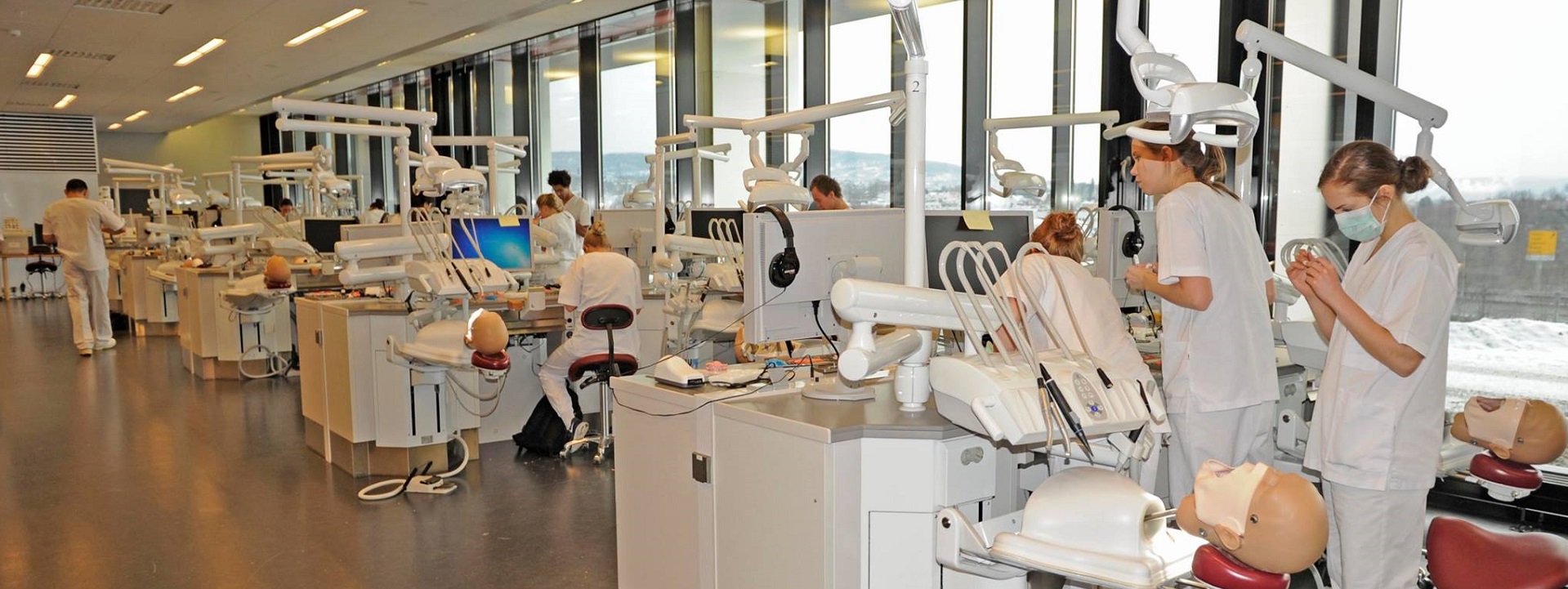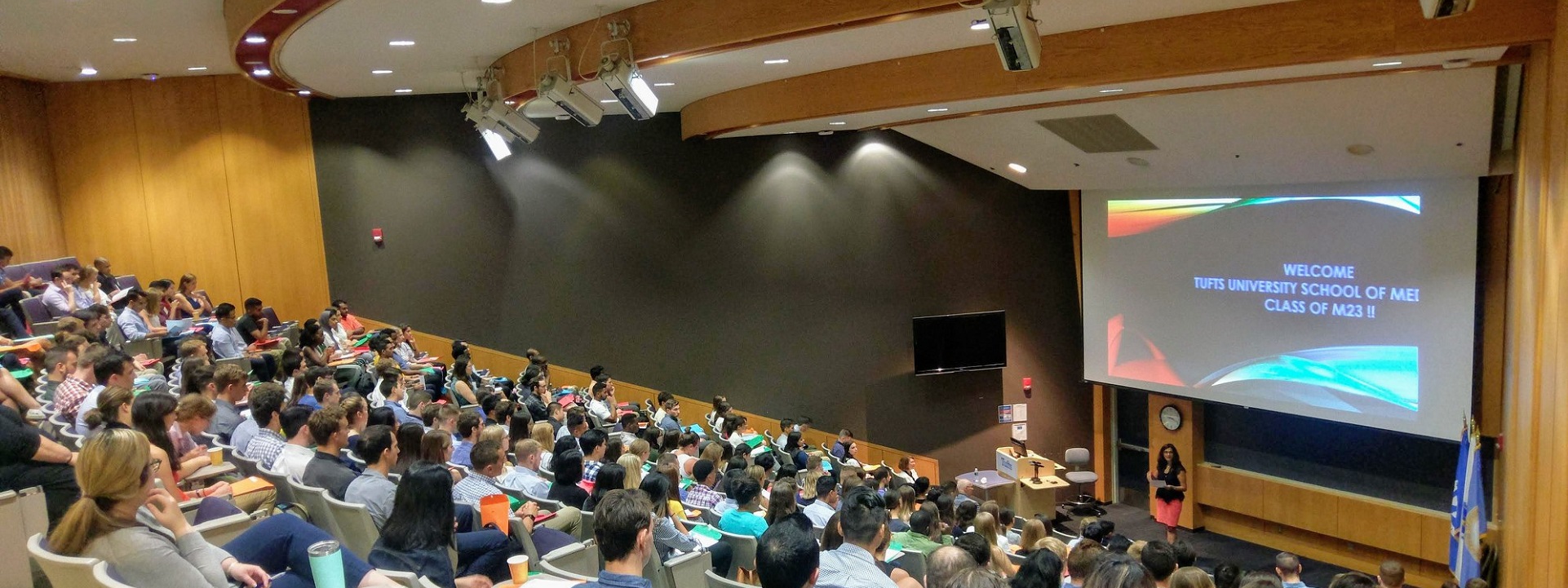Tag Archives: Germany
- Home
- Posts tagged "Germany" (Page 2)

Medical Practice Electrical equipment
International Electrotechnical Commission Technical Committee TC 62 prepares international standards and other publications concerning electrical equipment, electrical systems and software used in healthcare and their effects on patients, operators, other persons and the environment. As such the work of this parent committee — which has broad implications for comparatively cash-rich multi-national medical equipment manufacturers — coordinates the work of several subcommittees; listed below:
62A Common aspects of medical equipment, software and systems
62B Medical imaging equipment, software and systems
62C Equipment for radiotherapy, nuclear medicine and radiation dosimetry
62D Particular medical equipment, software and systems
Germany is Global the Secretariat. The Business Plan is linked below:
IEC TC 62 Strategic Business Plan 2021 February
The U.S National Committee of the International Electrotechnical Commission serves as the focal point for U.S parties who are interested in the development, promulgation, and use of globally relevant standards for the electrotechnical industry. The USNC is also engaged in the assessment of conformance to standards, undertaking work in areas such as testing, certification, and accreditation. Tony Zertuche is ANSI’s point person (zertuche@ansi.org) and we encourage you to communicate directly with Tony for the most up-to-date information.
We coordinate our response to the development of IEC titles in this domain with the IEEE Education & Healthcare Facilities Committee which meets 4 times monthly in European and American time zones. When there are Committee Draft for Votes released for public consultation (CDV) we coordinate our responses with experts active in IEEE globally.
Since the scope of this committee’s work involves products (in the main) we rank it in the middle of our priority tier. Our primary interest lies with interoperability standards, all the while recognizing that there is very little difference in the way education communities respond to IEC standard proposals than the way all other stakeholders would respond. At the risk of understatement medical research and clinical healthcare delivery are a large part of the revenue of many university systems so that is why we track these titles and others.
We maintain work flow of this committee on our Health, Electrical and Nursing colloquia. See our CALENDAR for the next online meeting; open to everyone.
International Electrotechnical Commission | CDV Consultations
23 November 2021
Earlier this year one of the subcommittees of International Electrotechnical Commission Technical Committee 62 (IEC TC/62) released a redline (candidate revision) for public consultation:
IEC 63120 ED1: Refurbishment of medical electrical equipment, medical electrical systems and sub-assemblies and reuse of components as part of the extended life-cycle.
We found similar concepts running through the literature among United States consensus product developers; notably the IEEE, NFPA and NEMA. Re-use, reconditioning, recycling of electrical equipment is a priority that can contribute to the safety and sustainability agenda of healthcare enterprises in education communities so we follow it; vigilant for excessive market-making by incumbent verticals.
The comment period lapsed on March 27th but we will likely see more action in the technical committees receiving proposals from vertical incumbents making markets in medical equipment replacement parts. We track development of this and other IEC titles on our provisional workspace*:
Collaborative Workspace for IEC Consensus Products
University affiliated medical research and healthcare delivery enterprises are large stakeholders in this domain so we keep pace by collaborating with other experts affiliated with the IEEE Education & Healthcare Facilities Committee (E&H) and the IEEE Engineering in Medicine & Biology Society.
We encourage our colleagues working in university-affiliated healthcare enterprises to interact directly with the IEC by setting up a Commenting Account to access the redline linked below:
Common aspects of electrical equipment used in medical practice equipment





It is our custom to follow the lead of the the US National Committee to the International Electrotechnical Commission (USNA/IEC) primarily, though we have significant professional relationships with academic scholars in other nations through the IEEE Standards Association and the E&H Committee. We are happy to discuss any consensus product, any day at 11 AM Eastern time, however the expertise for responding to invitations for public comment like this is usually present during the E&H Committee meetings which take place four times monthly in European and American time zones.
Issue: [11-66]
Category: Electrical, Healthcare Facilities, International
Colleagues: Mike Anthony, Jim Harvey, Giuseppe Parise, Luigi Parise, Massimo Mitolo
*This is a carry-over workspace from the original University of Michigan facility standards enterprise — @StandardsUMich — and has been re-purposed for educational use and collaboration with the IEEE E&H Committee and the IEEE Engineering in Medical and Biology Society
LEARN MORE:
Standards für die Präanalytik
Checking out the newly opened Lab5 at @OISTedu pic.twitter.com/emkYomeB3R
— Prof. Síle Nic Chormaic (PhD) (@SileNicChormaic) April 4, 2023
Amerikanische Mädchen probieren Döner!!
This content is accessible to paid subscribers. To view it please enter your password below or send mike@standardsmichigan.com a request for subscription details.
Zur Quantentheorie kontinuierlicher Spektren
This content is accessible to paid subscribers. To view it please enter your password below or send mike@standardsmichigan.com a request for subscription details.
Deep 3D Body Landmarks Estimation for Smart Garments Design
Deep 3D Body Landmarks Estimation for Smart Garments Design
Annalisa Baronetto, et. al
Chair of Digital Health | Friedrich-Alexander-Universität Erlangen-Nürnberg
Abstract: We propose a framework to automatically extract body landmarks and related measurements from 3D body scans and replace manual body shape estimation in fitting smart garments. Our framework comprises five steps: 3D scan acquisition and segmentation, 2D image conversion, extraction of body landmarks using a Convolutional Neural Network (CNN), back projection and mapping of extracted landmarks to 3D space, body measurements estimation and tailored garment generation. We trained and tested the algorithm on 3000 synthetic 3D body models and estimated body landmarks required for T-Shirt design. The results show that the algorithm can successfully extract 3D body landmarks of the upper front with a mean error of 1.01 cm and of the upper back with a mean error of 0.78 cm. We validated the framework the framework in automated tailoring of an electrocardiogram (ECG)-monitoring shirt based on the predicted landmarks. The ECG shirt can fit all evaluated body shapes with an average electrode-skin distance of 0.61 cm.
Narrowband Application in Intelligent Fire Protection System
Inauguration of New Supercomputer
Supercomputing plays a crucial role in academic research by providing researchers with the computational power needed to perform complex and data-intensive tasks that are beyond the capabilities of standard computers. These advanced computing systems offer significant benefits and opportunities for researchers across various disciplines. Here are some key roles that supercomputing fulfills in academic research:
Simulation and Modeling: Supercomputers are used to simulate and model complex phenomena that cannot be easily replicated in real-world experiments. This is particularly important in fields like physics, chemistry, climate science, and engineering. Researchers can simulate the behavior of materials, climate patterns, particle interactions, and more, enabling a deeper understanding of natural processes and guiding experimental design.
Big Data Analysis: In many academic disciplines, researchers are dealing with vast amounts of data generated from experiments, observations, or simulations. Supercomputers excel in processing and analyzing big data, extracting valuable insights, and identifying patterns or correlations that would be difficult or impossible to detect using traditional computing resources.
Genomics and Bioinformatics: Supercomputing plays a vital role in genomics and bioinformatics research. Analyzing and comparing genomic data from various species or individuals requires immense computational power. Supercomputers help researchers analyze DNA sequences, identify genes associated with diseases, and explore the complexities of biological systems.
Drug Discovery and Computational Biology: Supercomputers are instrumental in drug discovery and computational biology, where researchers use simulations to understand how drugs interact with target proteins or predict the structure of complex biological molecules. These simulations help in the development of new drugs and therapies.
Astrophysics and Cosmology: Supercomputing is used to simulate the behavior of galaxies, stars, and the universe as a whole. Astrophysicists and cosmologists rely on supercomputers to model the evolution of celestial bodies, study cosmic events, and explore the mysteries of the universe.
Machine Learning and AI Research: Supercomputers accelerate research in artificial intelligence (AI) and machine learning by providing the computational power needed to train large-scale models and algorithms. This is critical for applications like natural language processing, image recognition, and autonomous systems.
Optimization and Data-Driven Decision Making: In various fields, supercomputing enables optimization problems to be solved more efficiently, leading to data-driven decision making. This is relevant in areas such as logistics, transportation, finance, and operations research.
Climate and Environmental Studies: Supercomputers are extensively used in climate and environmental research to model climate change, weather patterns, and the impact of human activities on the environment. These simulations help in understanding and mitigating the effects of global warming and other environmental challenges.
A small, entry-level supercomputer designed for academic or research purposes might cost around $500,000 to $1 million. These systems typically have modest computing power and are used in smaller research institutions or organizations with limited budgets.
Mid-range supercomputers with more significant computational capabilities can cost anywhere from $1 million to $10 million. These systems are often used in larger research institutions, national laboratories, and universities for advanced scientific simulations, big data analysis, and AI research.
At the high end, the most powerful and cutting-edge supercomputers, known as “exascale” systems, can cost several hundred million to over a billion dollars. These machines are at the forefront of technology and are typically used for groundbreaking research in areas like climate modeling, nuclear research, drug discovery, and national security applications.
New update alert! The 2022 update to the Trademark Assignment Dataset is now available online. Find 1.29 million trademark assignments, involving 2.28 million unique trademark properties issued by the USPTO between March 1952 and January 2023: https://t.co/njrDAbSpwB pic.twitter.com/GkAXrHoQ9T
— USPTO (@uspto) July 13, 2023
Standards Michigan Group, LLC
2723 South State Street | Suite 150
Ann Arbor, MI 48104 USA
888-746-3670
































